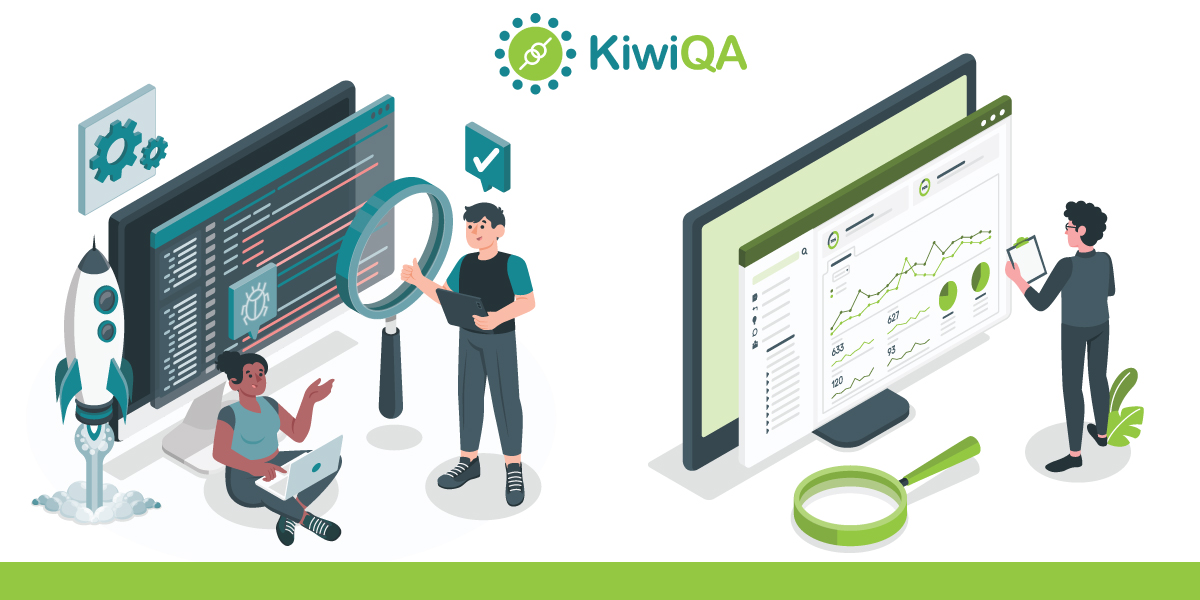Consider a scenario where you are logged on to a popular e-commerce website and witness performance hiccups when shopping during the holiday season. Such an experience impacts the user experience, which in turn might hamper the overall sales. Responsiveness and performance of the web application (or website) are some of the vital parameters that impact the usability aspects of the product.
Your product might work like a charm when fewer concurrent users are using the product. However, the product features must work seamlessly when a large number of concurrent users are using your website (or app). This is where performance tests come into the picture. It primarily determines the speed, reliability, scalability, and performance when the product (app or website) is subjected to a particular workload.
Like any other form of testing, performance tests must also be conducted in a continuous fashion. It helps in ensuring that introduction (or fixes) of product features are not resulting in any performance issues. Memory utilization, maximum user concurrency, processing speed, latency, etc. are some of the goals of a full proof performance testing strategy.
At the end of rigorous performance cycles, you will be able to identify the potential bottlenecks in the website (or app). It is recommended to have a know-how of different forms of performance testing so that you can prioritize the ones that fit the project requirements.
At a top-level, performance testing primarily falls in two categories – Infrastructure Performance and Application Performance. Let’s look into the different forms of performance tests in more detail.
Infrastructure Performance
It is a given that any kind of website or application will require some kind of infrastructure (e.g. client, server, etc.). Consider an e-commerce application (or website) where a number of to & fro communication would occur between the client (i.e app) and database. What if the tables are not designed optimally or the time taken to fetch relevant item data from the database is too high?
Also Read – Key Performance Metrics for Effective Performance Testing
This is where the website performance can get deteriorated due to glitches in the website’s backend. Stress and load on the infrastructure can have a significant impact on the website’s performance. Irrespective of the type or complexity of the website (or app), infrastructure performance can be broadly classified into three categories:
Client Performance
In almost all the applications, there is a client and server component. To minimize the load on the client, a majority of the processing is performed on the server. Server-side caching helps in temporary storage of the web files and data so that the requisite information can be accessed from the cache (in case the same is available).
This approach is instrumental in minimizing the number of transactions that happen between the client & server. Nowadays, client machines (e.g. desktops, tablets, mobile devices) are becoming more powerful as they are equipped with increased RAM, ROM, Graphics, etc. Hence, many operations that are not super heavy on the processing side can be performed on the client-side, thereby relieving some load on the server.
Here are some of the critical conditions that need to be monitored as far as performance testing on client-side is concerned:
- UI rendering that involves a significant load on the CPU and GPU (e.g. games)
- Handling of concurrent events
- Complex rendering scenarios where multiple frames are getting rendered on the screen
- Handling of large chunks of data that is sent by the server
Server Performance
A majority of websites and applications use some kind of cloud infrastructure since it helps reduce the overall costs. Scaling up or scaling down the infrastructure becomes easy with a cloud-based model.
Since server (or cloud) also consists of machines, it is necessary to monitor its performance by regularly checking the CPU, Memory, and Cache usages. Performance must also be monitored when a varied set of requests are sent to the server.
Also Read – How To Plan A Foolproof Performance Testing Plan?
Server infrastructure normally consists of racks hence, a fail-safe mechanism needs to be in place for ensuring that any issues in hardware/software does not result in a usability problem. Server-side performance monitoring tools[1] like Dynatrace, DataDog, New Relic, App Dynamics, etc. must be used to monitor the performance on the server side of things.
It is recommended to onboard a performance testing company like KiwiQA so that your team can make the best choice when it comes to choosing performance monitoring tools.
Network Performance
Network performance (or network speed) plays a vital role in the overall performance of the website. The data on the client-side is bound to get delayed if it is being accessed from a location with lower network speed.
However, the website (or app) must be able to handle all such scenarios. As a part of network performance testing, the team needs to monitor network latency, behavior with flaky network environments, network packet size & performance, and all other aspects related to the network infrastructure.
Application Performance
As the name indicates, application performance entails the performance tests that are run on the website (or application). The design of the performance tests largely depends on the type and complexity of the application.
In case of e-commerce applications, frequent transactions (or reads) take place with the server whenever information related to a particular ‘item’ from the inventory has to be displayed on the page. The number of transactions depends on the design of the page and the caching mechanism used when designing the app.
When monitoring the app’s performance the following factors need to be taken into consideration:
- Usage of CPU/GPU resources
- Usage of Memory and Cache
- Third-party dependencies (if any)
- Performance under different network conditions
Performance testing of the application can be majorly classified into two categories – Client side performance and Server side performance.
Nowadays many websites (and applications) are leveraging the advantages offered by Client Side Rendering (CSR) when compared to Server Side Rendering (SSR)[2]. Many web browsers also do caching of data and reusable scripts on the client’s machine.
Also Read – Key Differences Between Performance Engineering and Performance Testing
A majority of the websites (and web applications) use AJAX and dynamic loading of elements to improve the page load time. As a part of the client side performance tests, you need to monitor AJAX performance, JS (JavaScript) performance, and/or performance of the web frameworks used in the development of the site.
Selenium, Cypress, Playwright, and Puppeteer are some of the test automation frameworks that can be used for automating UI interactions. Performance testing tools like Apache JMeter, LoadNinja, WebLOAD, etc. can be leveraged to run performance and load tests on the UAT.
Along with the client side performance, the performance aspects of the server also need to be monitored on a regular basis. Many client-side performance testing tools can support server-side performance tests. Request-response time, resource utilization on the server, and performance at different load levels are some of the aspects that are considered in server-side performance testing.
Stress tests and load tests are also run at regular intervals for ensuring that the website’s performance does not deteriorate under heavy load.
Also Read – Performance Testing for Large-Scale Gaming Applications
Conclusion
Like other forms of testing, performance tests have become an absolute necessity. It helps in ensuring that the website (or app) is ready to be released to a larger user base. Performance testing services companies can be beneficial for developers and enterprises if they are looking to run performance tests at a huge scale.
Before devising the performance tests, it is imperative to identify the performance tests that should be a part of the performance testing strategy. Prioritizing the tests that you require attention goes a long way in making the most out of performance testing!












Comments are closed.